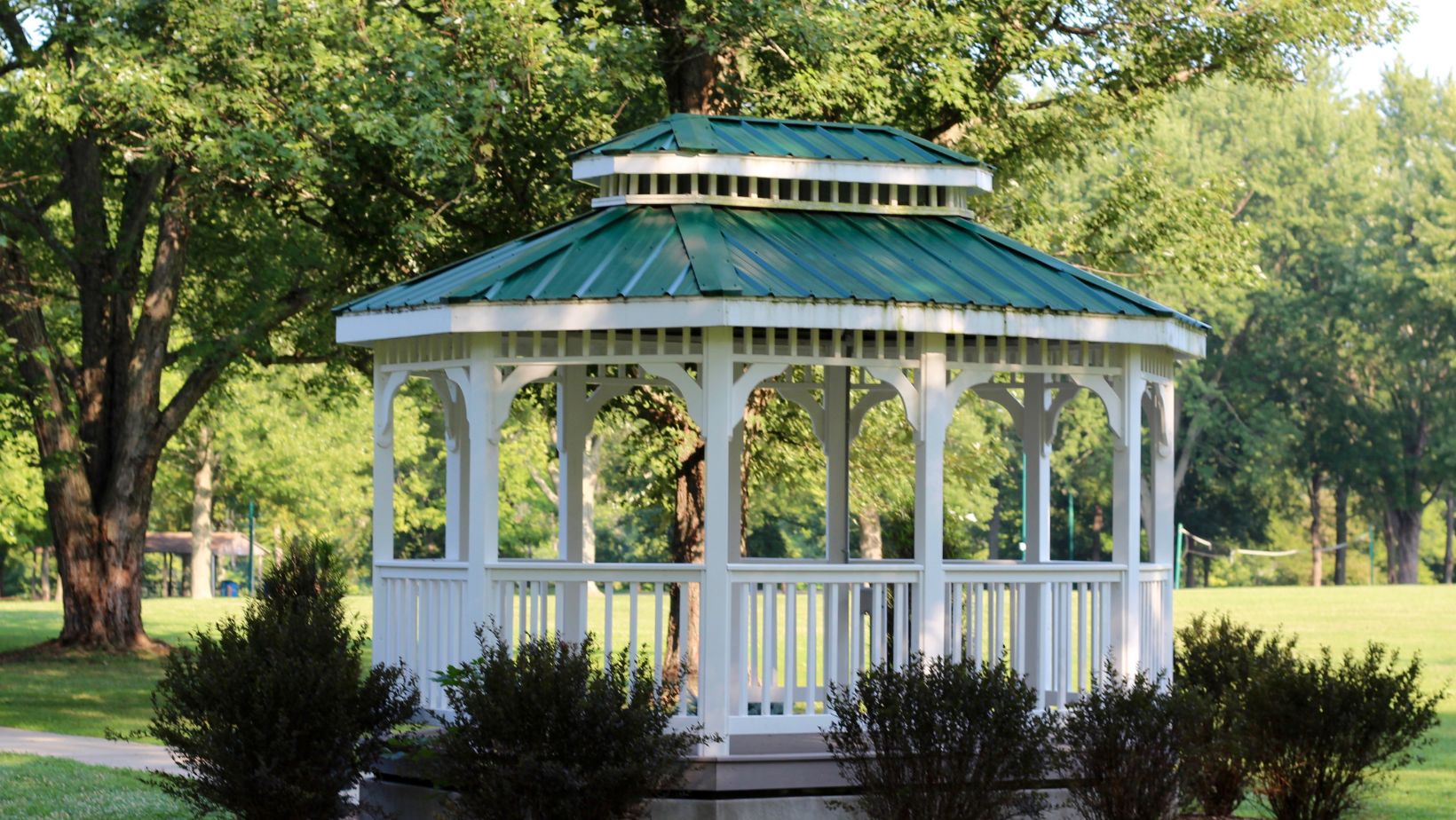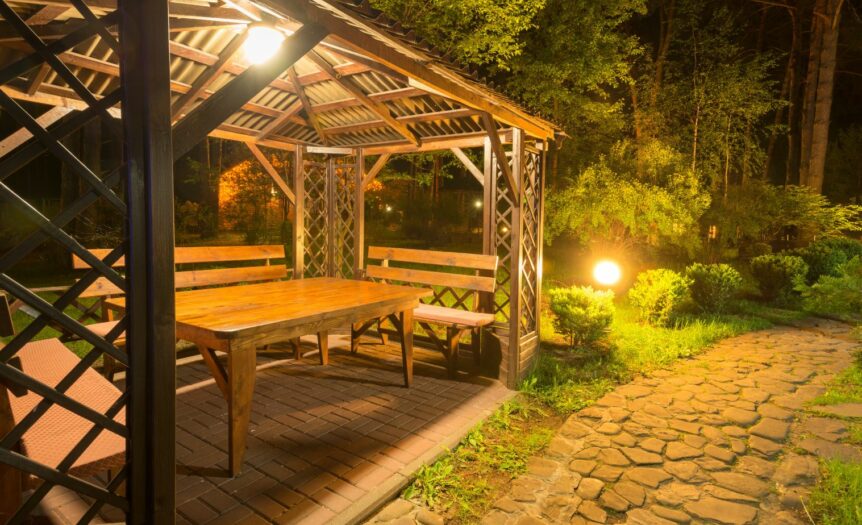Are you wondering how to spell “gazebo”? Well, you’re not alone. It’s a word that can sometimes trip people up with its unusual combination of letters. But fear not! I’ll help clarify the correct spelling for you.
The word “gazebo” is spelled G-A-Z-E-B-O. Yes, just like it sounds. There are no silent letters or tricky variations to worry about. It’s a straightforward spelling that reflects the pronunciation accurately.
So next time you find yourself writing about or discussing gazebos, remember that it’s spelled G-A-Z-E-B-O. With this knowledge in hand, you can confidently use the correct spelling without hesitation.
How Do You Spell Gazebo
The Origin of the Word Gazebo
When it comes to gazebos, the word itself carries an air of elegance and charm. But have you ever wondered where this unique term originated? Well, let’s delve into the fascinating history behind the word “gazebo.”
The origin of the word “gazebo” can be traced back to its Italian roots. It is believed to have derived from the word “gazebare,” which means “to gaze” or “to look out.” This perfectly captures one of the main purposes of a gazebo – providing a vantage point for enjoying scenic views or observing one’s surroundings.
Different Types of Gazebos
Gazebos come in various shapes, sizes, and styles, each with its own distinct features and characteristics. Let’s explore some popular types:
- Traditional Gazebos: These are often octagonal or hexagonal in shape, featuring open sides and a domed roof. They exude a classic charm and are commonly found in gardens or parks.
- Pergola Gazebos: Similar to traditional gazebos, pergola gazebos feature an open framework with supporting columns or beams. They provide partial shade while allowing vines or plants to grow on top for added beauty.
- Modern Gazebos: Sleek and contemporary, these gazebos boast clean lines and minimalist designs. They often incorporate materials like metal, glass, or concrete for a more modern aesthetic.
- Portable Gazebos: As the name suggests, these gazebos offer convenience and versatility as they can be easily moved around your yard or taken on outdoor adventures such as camping trips or picnics.

Different Types of Gazebos
Popular Styles of Gazebos
When it comes to gazebos, there are a variety of styles to choose from, each with its own unique charm and functionality. Here are some popular styles that you might consider:
- Traditional Gazebo: This classic style features a hexagonal or octagonal shape, adorned with ornate details and often topped with a pointed roof. Traditional gazebos exude elegance and can create a romantic ambiance in any outdoor space.
- Modern Gazebo: For those seeking a sleek and contemporary look, modern gazebos offer clean lines, minimalist design elements, and often utilize materials such as metal and glass. These structures can be the perfect addition to a modern garden or patio setting.
- Pergola-style Gazebo: Blending the characteristics of both pergolas and gazebos, this style combines an open-roof structure with supporting beams or columns. Pergola-style gazebos provide partial shade while allowing for ample airflow, making them ideal for enjoying sunny days without being fully exposed to direct sunlight.
- Enclosed Gazebo: If you desire more protection from the elements or want to create an outdoor living space that can be used all year round, an enclosed gazebo is worth considering. These structures feature walls made from materials like glass, screens, or even solid panels, providing shelter while still allowing you to enjoy the surrounding views.
Materials Used in Gazebo Construction
The choice of materials used in gazebo construction plays a significant role in its durability and overall aesthetics. Commonly used materials include:
- Wood: Wood is a timeless option that adds warmth and natural beauty to any outdoor space. Cedar, redwood, and pressure-treated pine are popular choices due to their resistance against decay and insects.
- Metal: Metal gazebos offer a modern and sophisticated look. Aluminum is lightweight and resistant to rust, making it a popular choice. Steel gazebos provide added strength but may require regular maintenance to prevent corrosion.
- Vinyl: Vinyl gazebos are low-maintenance and highly durable, as they are resistant to rotting, warping, and insect damage. They come in various styles and colors, making them a versatile option for those seeking hassle-free upkeep.






